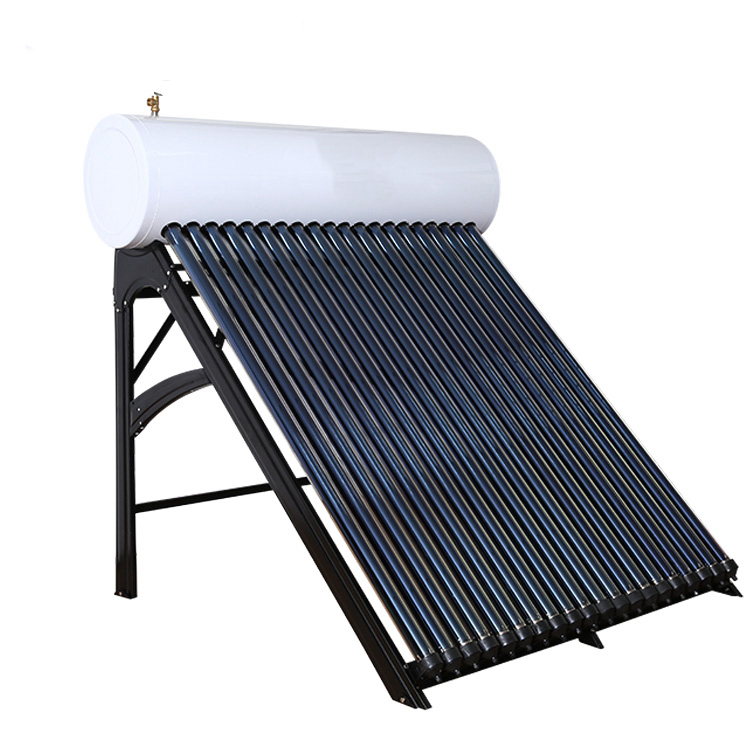glass lined porcelain enamel lined tank
×
[PR]上記の広告は3ヶ月以上新規記事投稿のないブログに表示されています。新しい記事を書く事で広告が消えます。
glass lined porcelain enamel lined tank
What is the purpose of a tank lining? The tank lining is designed to prevent corrosion in the steel tank. Most pressure vessels are made of carbon steel which will rust rapidly if used with hot or cold water. Over the years, a variety of tank linings have been tried, some successful and others total failures. Any time a new tank lining is introduced, it is always touted as the latest and greatest but only the test of time will prove what type of tank linings will hold up and which ones will not.
Galvanizing. A galvanized steel tank is produced by dipping the steel tank in a bath of molten zinc. When the tank is removed, the zinc solidifies. The zinc acts sacrificially to the steel, preventing corrosion of the water tank. The zinc lasts for several years at which point rusty water is evident and the tank rapidly fails. Glass lining. Steel tanks are lined with a porcelain enamel. The interior of the vessel is sprayed with a porcelain enamel frit and is then baked (heated to a temperature between 1400 and 1600o F) which melts the frit and bonds same to the steel tank. The vessel is then cooled. All glass lined tanks require a magnesium anode, since the porcelain enamel has tiny pinholes throughout. The magnesium anode acts sacrificially to these pinholes in the lining and prevents corrosion. When the magnesium anode dissolves, the tank is subject to corrosion. The anodes can be replaced on a periodic basis, but this is typically a maintenance item that goes unnoticed and does not get done.
Glass lining. Steel tanks are lined with a porcelain enamel. The interior of the vessel is sprayed with a porcelain enamel frit and is then baked (heated to a temperature between 1400 and 1600o F) which melts the frit and bonds same to the steel tank. The vessel is then cooled. All glass lined tanks require a magnesium anode, since the porcelain enamel has tiny pinholes throughout. The magnesium anode acts sacrificially to these pinholes in the lining and prevents corrosion. When the magnesium anode dissolves, the tank is subject to corrosion. The anodes can be replaced on a periodic basis, but this is typically a maintenance item that goes unnoticed and does not get done.
Copper lining. Steel tanks made with sheet copper tack welded to the interior of the vessel. In as much as copper and steel expand and contract at different rates, expansion joints are required. A copper lined tank requires a vacuum breaker to prevent the copper lining from pulling away from the wall while draining the tank. Copper lined tanks are very expensive and are not widely used in North America.
Nickel phosphate lining. This lining consists of the chemical deposition of nickel salts and phosphate compounds. This coating method results in about a 3 mil thickness of the nickel phosphate lining. As with glass lining, the material can still have some small pinholes as the material is porous and it cannot be produced pore free. Nickel phosphate lined tanks are then coated with one or more coats of amine cured epoxy lining. There is only one manufacturer of nickel phosphate lined hot water tanks in the United States. Other manufacturers have refrained from offering this lining type as they feel other linings are much more suitable for hot water.
| https://www.aspessolarproducts.com/solar-products/high-pressure/porcelain-enamel-lined-tank.html |
PR
コメント
プロフィール
HN:
No Name Ninja
性別:
非公開
最新記事
(10/10)
(08/18)
(08/18)
(07/24)
(02/15)
